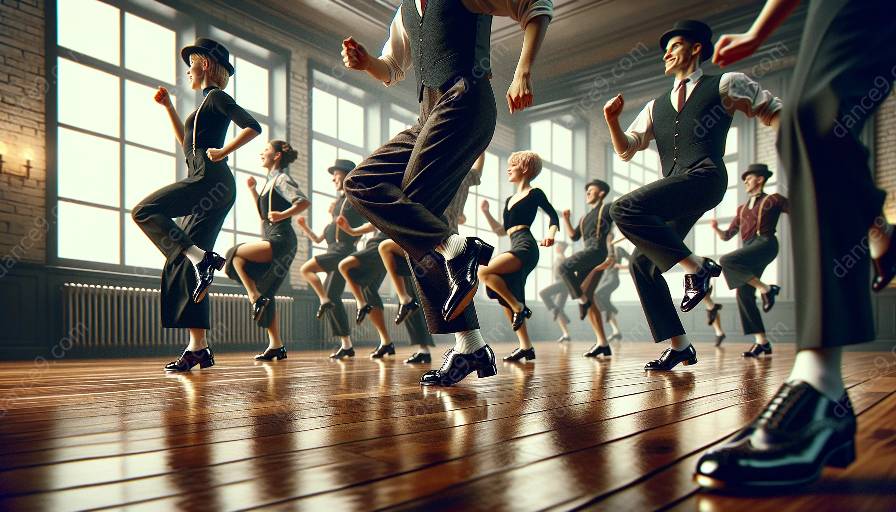Tap dance is a unique and dynamic form of dance that has a rich history and tradition. Many universities offer tap dance classes as part of their dance programs, and as an instructor, it's important to use effective teaching methods to help students learn and appreciate this art form. In this article, we will explore some of the best teaching methods for tap dance in university settings, focusing on techniques that are both engaging and practical.
Understanding the Basics of Tap Dance
Before delving into specific teaching methods, it's essential to understand the basics of tap dance. Tap is a style of dance distinguished by the percussive sounds created by metal plates on the dancer's shoes striking the floor. This rhythmic and energetic dance form requires a strong sense of musicality, coordination, and precision.
Creating a Positive Learning Environment
One of the key elements of effective teaching is establishing a positive and supportive learning environment. In tap dance classes, it's important to foster a space where students feel encouraged to explore their creativity and express themselves through movement. By creating a safe and inclusive atmosphere, students are more likely to engage with the material and develop a deeper understanding of the art form.
Utilizing Progressive Teaching Techniques
When teaching tap dance in a university setting, it's essential to utilize progressive teaching techniques that cater to students of varying skill levels. Instructors can design their classes with a clear progression from fundamental exercises to more complex combinations, allowing students to build upon their skills and grow as dancers. Additionally, providing regular feedback and personalized guidance to students can help them refine their techniques and improve their overall performance.
Integrating Technology and Multimedia
To enhance the learning experience, instructors can integrate technology and multimedia into their tap dance classes. This may include using video demonstrations of tap routines, incorporating music editing software for creating custom soundtracks, or utilizing online resources to supplement traditional teaching materials. By leveraging technology, instructors can offer a more comprehensive and interactive learning experience for their students.
Encouraging Collaboration and Creativity
Tap dance is not only a physical expression of movement but also a creative art form. In university settings, instructors should encourage collaboration among students and empower them to choreograph their own tap routines. By fostering a culture of creativity and collaboration, students can develop a deeper appreciation for the artistic elements of tap dance and gain a sense of ownership over their learning process.
Emphasizing Musicality and Rhythm
At the heart of tap dance lies the connection between movement and music. Instructors should emphasize the importance of musicality and rhythm in tap dance, guiding students to develop a keen understanding of tempo, phrasing, and syncopation. By integrating musicality into their teaching methods, instructors can help students become more expressive and dynamic performers.
Conclusion
Teaching tap dance in university settings requires a combination of technical expertise, creativity, and effective pedagogical approaches. By understanding the fundamentals of tap dance, creating a positive learning environment, utilizing progressive teaching techniques, integrating technology and multimedia, and emphasizing musicality and rhythm, instructors can engage and inspire their students to excel in this vibrant and rhythmic dance form.













































































